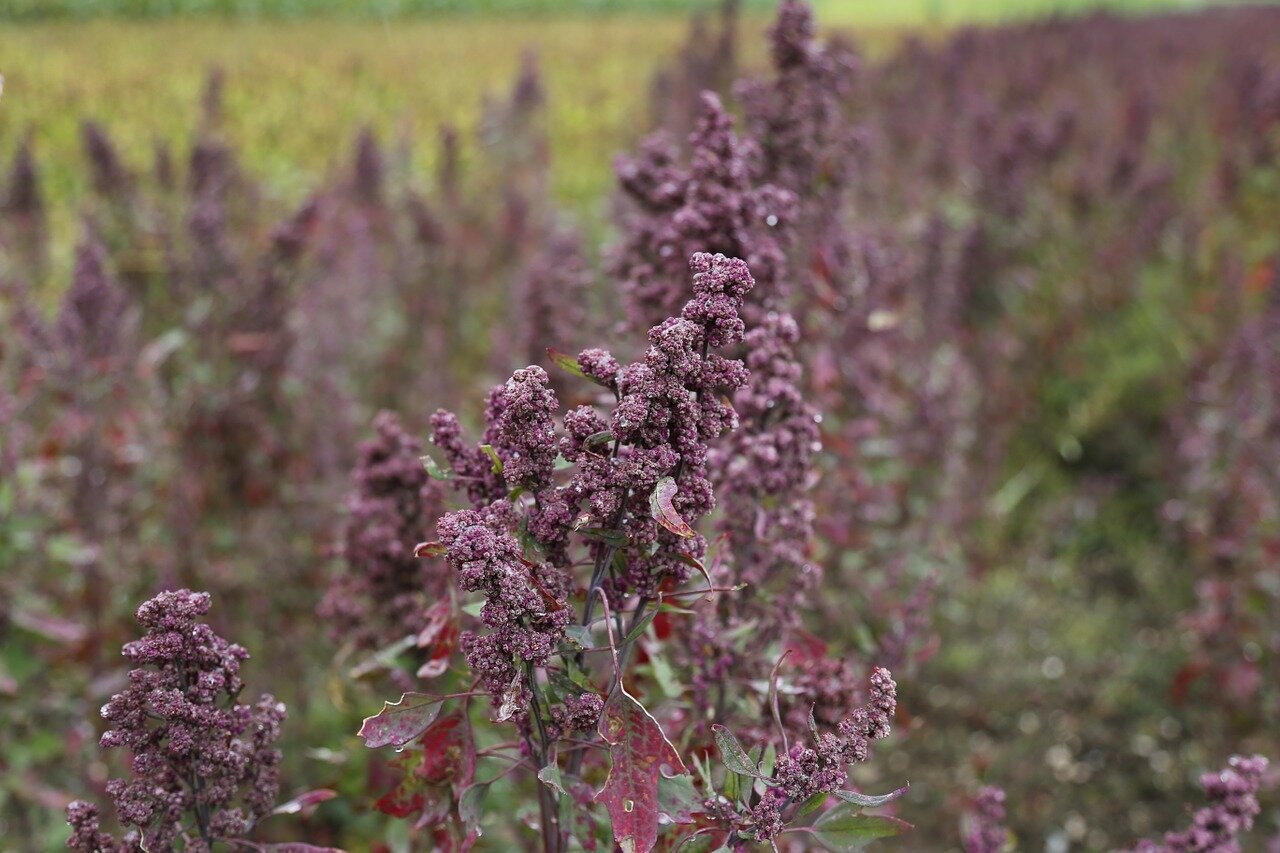Land. It’s where we’re born, where we work and built houses, roads and railways. The land is where we live in peaceful harmony with other humans. It’s what defines our identity, and the land is where we draw hard boundaries alienating our neighbours. The mountains, valleys and the plains that make up the land drives great powers to take irrational decisions, often leading to conflicts. Land. We share the land with other animals, microbes, plants and insects.
But the land is finite. It may seem like an obvious statement to make, but we don’t always treat land as a limited resource. Humans activities directly affect more than 70 percent ice-free land, and we use almost half of the ice-free land just for agriculture. Yes, we need to grow food to feed the world. But we’re farming in a way that’s killing the very land that keeps us alive.
Environmental costs of agriculture
Growing food releases the carbon, that’s stored safely in the soil and vegetation, into the atmosphere. And if we take into consideration the amount of food we produce, the agriculture industry is one of the biggest generators of greenhouse gas emission, and a significant contributor to global heating.
Bad news for the land is that it heats up faster than the ocean. Since the pre-industrial times, the land surface temperature rise is twice as much as the global average. And worse news for us is that we live on land, and we’re feeling it too. Hottest day records are tumbling weekly, monthly; it’s hard to keep up.
Intensive farming practice drains the life out of the soil, and so we fell trees and forests to clear land for more farming. UN’s IPBES report on biodiversity shows that a million species are facing extinction. Yes, a million species! Be under no illusion – we are amidst the sixth mass extinction. And agriculture is the biggest driver of the global loss of biodiversity.
Several regions around the world face severe water scarcity, especially the drought-plagued areas. And agriculture is the thirstiest of all industries. Of the freshwater available to us, we use 70 percent to grow food. Agriculture is a prominent cause of land desertification.
Still, the bottom line is that we must eat to survive, so we must produce food. In that sense, industrial agriculture is a necessary evil. With that in mind, we should be asking ourselves: “how to minimise agriculture’s damage to the environment?”
Agriculture can’t be sustainable unless we significantly reduce its greenhouse emissions, damage to biodiversity and water use. That too all whilst maintaining the current yield levels.
Organic farming has a lower environmental impact than other farming methods. But, as some people claim, organic agriculture isn’t the answer to the future of agriculture: at best, it might be a small part of the solution. Organic farming requires more land to generate the same yield, but as I said earlier, the land is finite. So we would run out of land if we grow only organic; organic farming can’t feed the world.
Technological advances, including genetic engineering and indoor farming, are promising prospects, but they can only go so far. Scientists, governments and decisionmakers are desperately looking for other solutions to reduce agriculture’s environmental impact.
Relocating farms
There’s evidence that – if left to regenerate – degraded land can recover biodiversity and soil carbon in a few decades. Therefore, in the latest study posted in bioRxiv preprint, researchers modelled whether relocating current agriculture could lower its ecological footprint.
Scientists examined carbon footprint and biodiversity impacts of 43 major crops that cover 95 percent of global agricultural land. The study aimed to model moving crops to new locations whilst maintaining the current production levels and minimising environmental impacts of agriculture.
The study divided global land in grids and examined how moving current farmlands to ideal locations – while leaving the abandoned farms to regenerate – would reduce environmental impacts. Scientists modelled if moving croplands would reduce carbon emission, biodiversity loss and water use.
They modelled moving the croplands to areas where plants could grow on rain-fed water supply with no need to irrigate further. According to the model, relocating croplands to optimal locations can eliminate water footprint from agriculture. The study led by Robert Beyer, Ecologist at Cambridge University, predicts that the relocation can also significantly reduce agriculture’s ecological footprints.
To come up with the conclusion, scientists calculated a series of estimates:
- The carbon impact of agriculture in cropland: Difference in potential carbon stocks in soils and vegetation of unfarmed land, and carbon storage in croplands;
- Biodiversity impact of agriculture in cropland: Difference in potential biodiversity under natural unfarmed land, and under cropland.
- The carbon impact of agriculture in unfarmed land; and
- Biodiversity impact of agriculture in unfarmed land.
Ecologists modelled the environmental effect of the move under different farming practices, including traditional organic farming; using high-yielding crops; and using fertiliser and pesticide.
The models show that the relocation of crops under any farming practices reduces both carbon and biodiversity footprint by up to 74 and 98 percent, respectively.
Authors suggest that moving croplands could offset the current annual increase of atmospheric carbon dioxide for 49 years.
Results predict that relocating croplands under high-tech farming, and optimum farming would generate more ecological benefits in comparison to traditional organic farming. However, we could make agriculture more eco-friendly just by relocating croplands – no matter how we farm the land, be it organic, optimum or high-tech.
The study also modelled moving farms within the borders of counties whilst maintaining current production levels. National relocation would reduce the global carbon and biodiversity impacts of agriculture by up to 59 and 78 percent, respectively.
Agriculture practices have degraded an uncomfortably large proportion of land. Despite the previous indication that agriculture into degraded areas could decrease the ecological footprint of agriculture, the current study suggests otherwise. The analysis suggests that, as the biodiversity and carbon stocks potential of degraded are so high, it’s best to leave them to regenerate.
Note: analyses don’t account for changes caused by the current climate breakdown.
Feasibility of moving agriculture
If, as suggested by the study, growing elsewhere can remove the water footprint of agriculture, it will be a significant boost to water-stressed regions. Agriculture is the single biggest consumer of water in the world, and water availability shapes politics and conflicts. Efficient agriculture can prevent oncoming global conflicts driven by water.
Unfortunately, it’s not feasible to completely move every single farm to a different land where water is available. Likewise, it’s impossible to move all agriculture to optimum growing conditions and area, but predictions in this study are still relevant.
Less than a third of the total crop production accounts for half of the total carbon emission, and less than 12 percent crop production accounts for half of the biodiversity impacts. Therefore, prioritising the move of high environmental impact crops is the most effective strategy that would bring significant benefits in carbon capture and biodiversity regeneration.
Even if it’s feasible to move the farms to a different, ideal location to regenerate the environment, implementing this in practice is challenging. Farmers are people, and people don’t want to give up something and move without any incentives. It will only work with socio-economic considerations. Strong financial incentives for landowners tied in with legal and policy frameworks might make it work, but it’s a big ask.
But the authors stress that “even relocating only a small share of production would already generate a substantial portion of these [environmental] benefits.”
Click the link to read the bioRxiv paper: “Relocating agriculture could drastically reduce humanity’s ecological footprint.” https://doi.org/10.1101/488841.



Leave a Reply